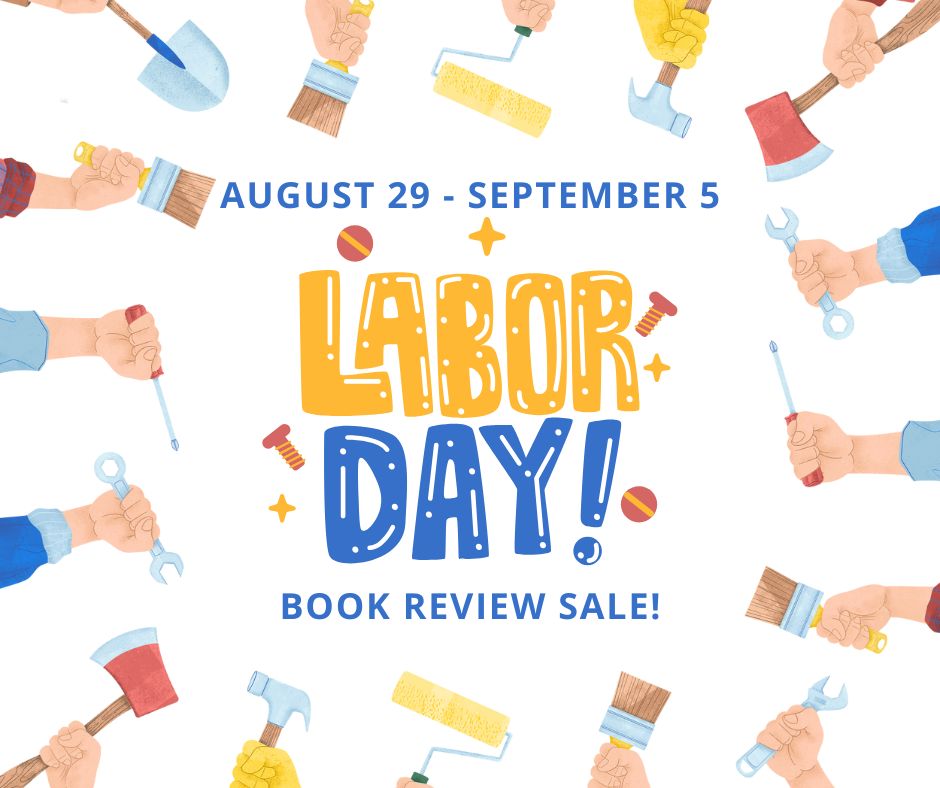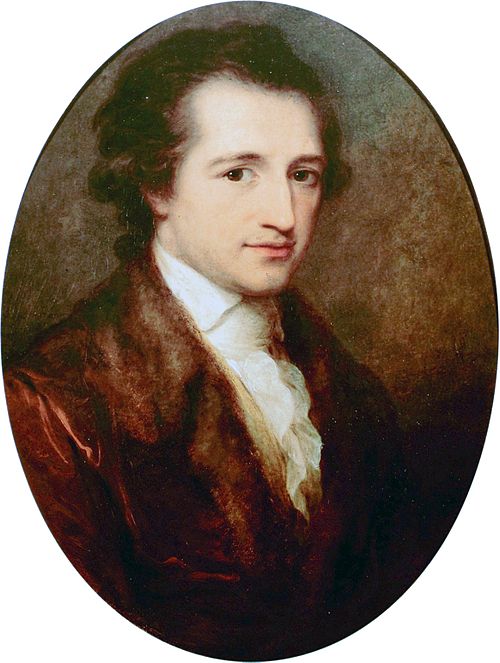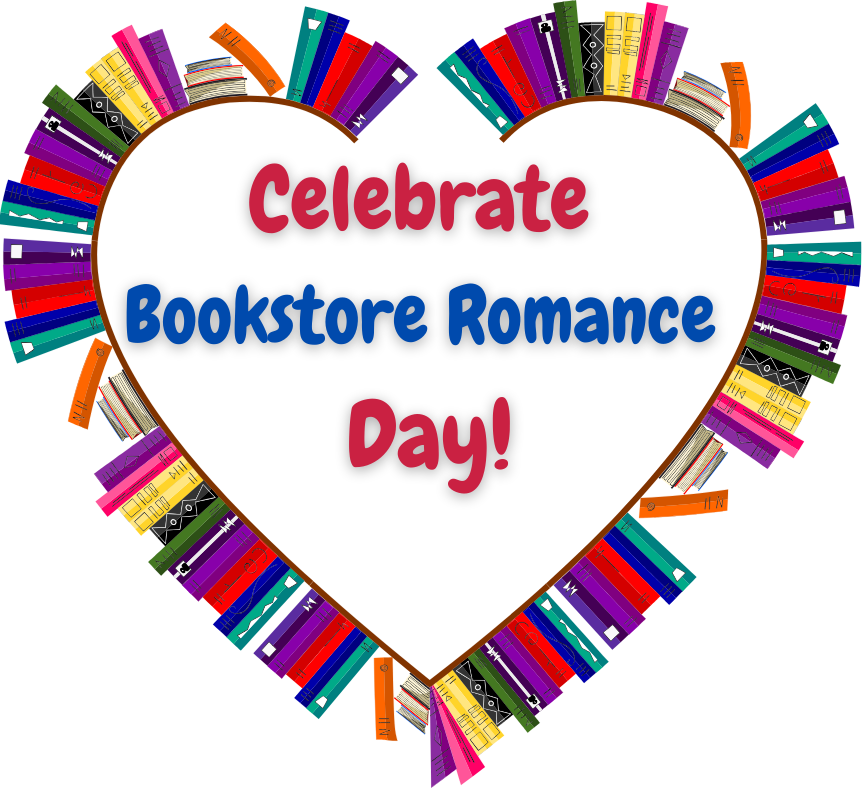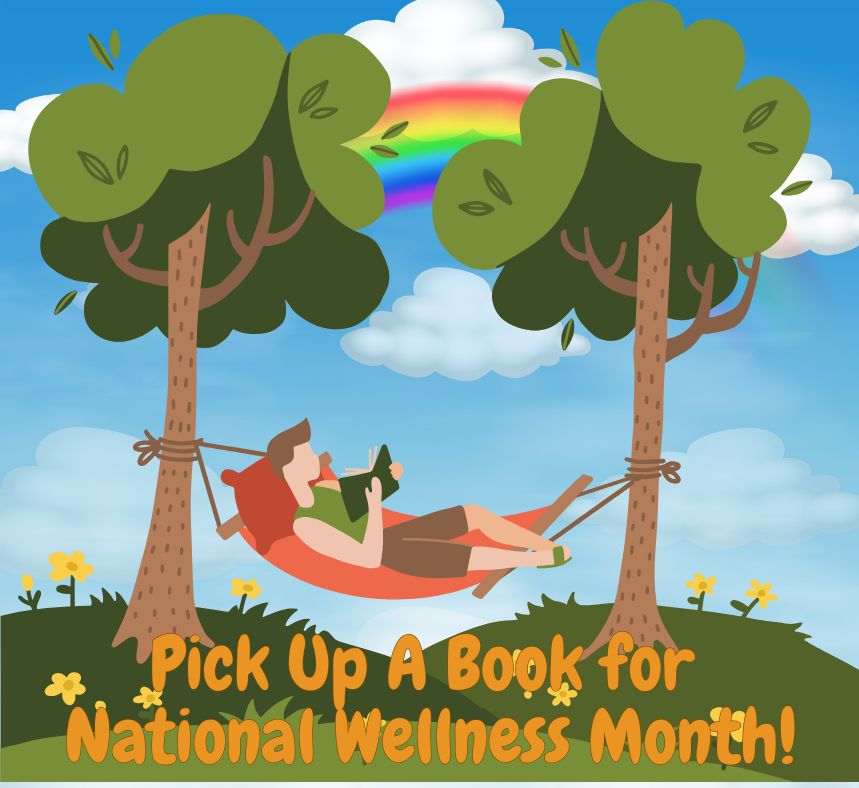|
Listen to or download this article:
|

Your Author Platform Blueprint
1. Conduct a Platform Audit (Foundation Check)
For this essential marketing exercise, systematically evaluate your website, email list, social media presence, media coverage, and author branding through two critical lenses: current effectiveness and genre flexibility.
Your website might excel at showcasing your historical fiction but may lack architecture for your new romance titles. Your email marketing strategy might need to be targeted to these specific, and different, readers rather than general broadcasts. Possibly your author branding is overly tethered to your original genre, creating invisible barriers for potential readers of your new work.
Authors who endure recognize that platform development isn’t just about growth—it’s about strategic alignment with your full creative range. This audit forms the foundation for all subsequent marketing decisions.
2. Author-Centered Rebranding
Your most valuable marketing asset transcends genre boundaries—it’s your unique authorial identity and worldview.
Strategic Implementation: Create an “About the Author” narrative that emphasizes your creative journey across genres. Thriller author Gillian Flynn exemplifies this approach by positioning herself as exploring “the dark side of human psychology” rather than simply identifying as “a thriller writer,” maintaining brand consistency while writing across multiple market categories.
Update your website architecture to showcase YOU as the central brand rather than a specific genre. Consider repositioning language: “Author of dark fiction and young adult romance exploring how we form profound connections in our lives.” This represents two genres while maintaining thematic continuity.
3. Content Bridge Marketing
Develop strategic content that connects your established genre with your new direction, facilitating reader transition.
When shifting from romance to mystery, professional authors don’t simply announce the genre change—they create deliberate content bridges. This might include analyzing romantic subplots in classic mysteries, exploring detective-character relationships, or highlighting mystery elements in romance novels.
This content marketing approach creates intellectual and emotional pathways for existing readers to follow you into new creative territory. Industry professionals recognize that reader migration requires scaffolding, not cold transitions.
4. Strategic Collaboration Marketing
Form tactical partnerships with established authors in your target genre to access their reader communities.

Professional authors implement specific cross-promotion strategies:
- Organize genre-blending anthologies featuring 3-5 authors from your target market
- Host “Genre Crossroads” interview series on your blog, podcast, or live at literary events
- Develop co-marketed reading bundles with complementary titles
Industry Example: Kim Hornsby has masterfully expanded her readership by strategically participating in anthologies where authors rotate as featured contributors. This collaboration marketing approach has allowed her to extend her platform across multiple genres while maintaining audience continuity.
5. Email Segmentation Marketing for your Audience
Transform your email list from a basic announcement channel into a sophisticated marketing instrument with targeted audience segmentation.
Begin with a strategic Reader Preference Survey distributed to your subscriber base:
The focus: delivering precisely targeted content to each reader segment. Essential data points include:
- Which of your titles have resonated most strongly with each reader
- What genres comprise their overall reading diet
- Their specific interest level in your upcoming work in new categories
Use these insights to implement segmented email marketing campaigns, allowing for differentiated communication with readers based on their genre preferences and relationship to your body of work.
Measuring Your Multi-Genre Marketing Effectiveness
Professional authors evaluate cross-genre success beyond simple sales metrics. Track these sophisticated performance indicators:
- Cross-genre reader migration percentage (what proportion of existing readers follow you into new territory)
- New audience acquisition rates by source
- Platform growth velocity across distribution channels
- Engagement metrics by reader segment
Publishers and agents increasingly evaluate authors based on these metrics, as they demonstrate platform resilience and audience development capabilities—key factors in multi-book contract decisions.

The most successful author platforms aren’t rigid constructions but flexible ecosystems designed to showcase your entire creative range. With strategic platform development and deliberate marketing approaches, you can build a sustainable readership that follows your work regardless of genre boundaries.
Thank you for joining us for this Writer Toolbox Article

There is so much to learn and do with Chanticleer!
From our Book Award Program that has Discovered the Best Books since the early 2010s to our Editorial Book Reviews recognizing and promoting indie and traditional authors, Chanticleer knows your books are worth the effort to market professionally!
Helpful Toolbox Articles:
- How to Market Your Works Like a Book Publicist
- TAPPING the EXPERTS – Researching for Your Works in Progress
When you’re ready, did you know that Chanticleer offers editorial services? We do and have been doing so since 2011.

Our professional editors are top-notch and are experts in the Chicago Manual of Style. They have and are working for the top publishing houses (TOR, McMillian, Thomas Mercer, Penguin Random House, Simon Schuster, etc.).
If you would like more information, we invite you to email us at info@ChantiReviews.com for more information, testimonials, and fees.
We work with a small number of exclusive clients who want to collaborate with our team of top-editors on an on-going basis. Contact us today!
Chanticleer Editorial Services also offers writing craft sessions and masterclasses. Sign up to find out where, when, and how sessions being held.
A great way to get started is with our manuscript evaluation service, with more information available here.
And we do editorial consultations for $75. Learn more here.











Leave A Comment